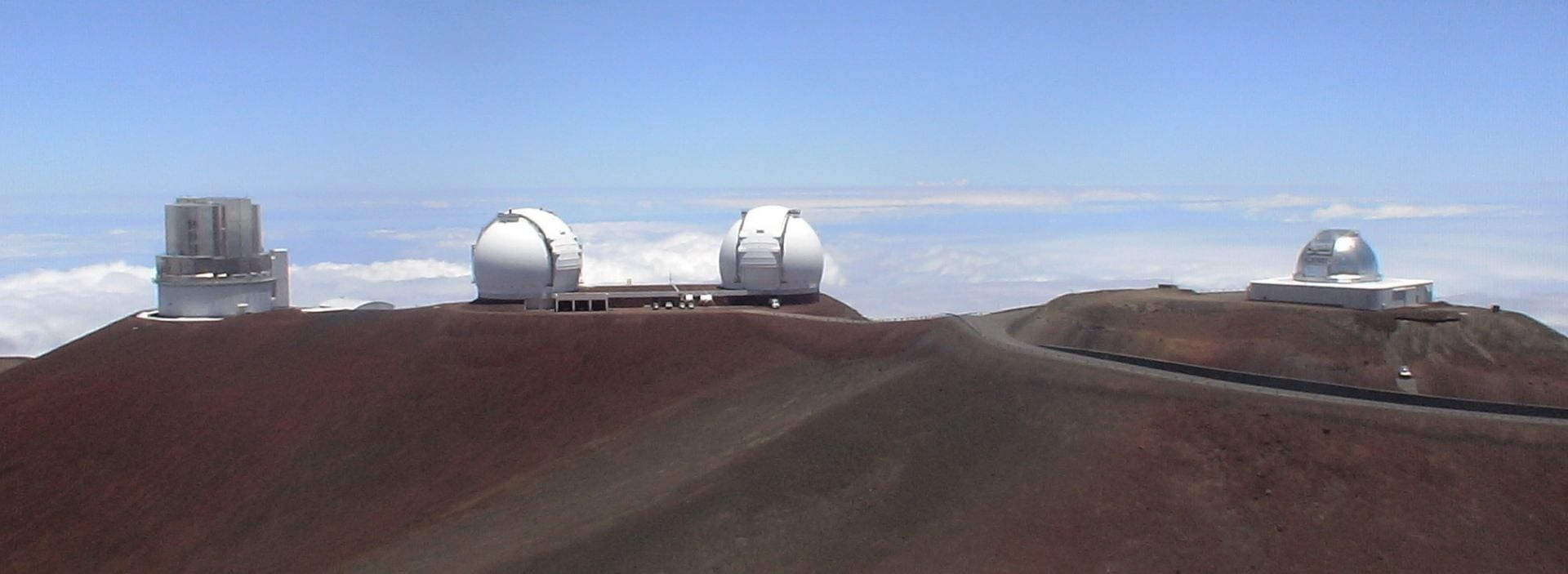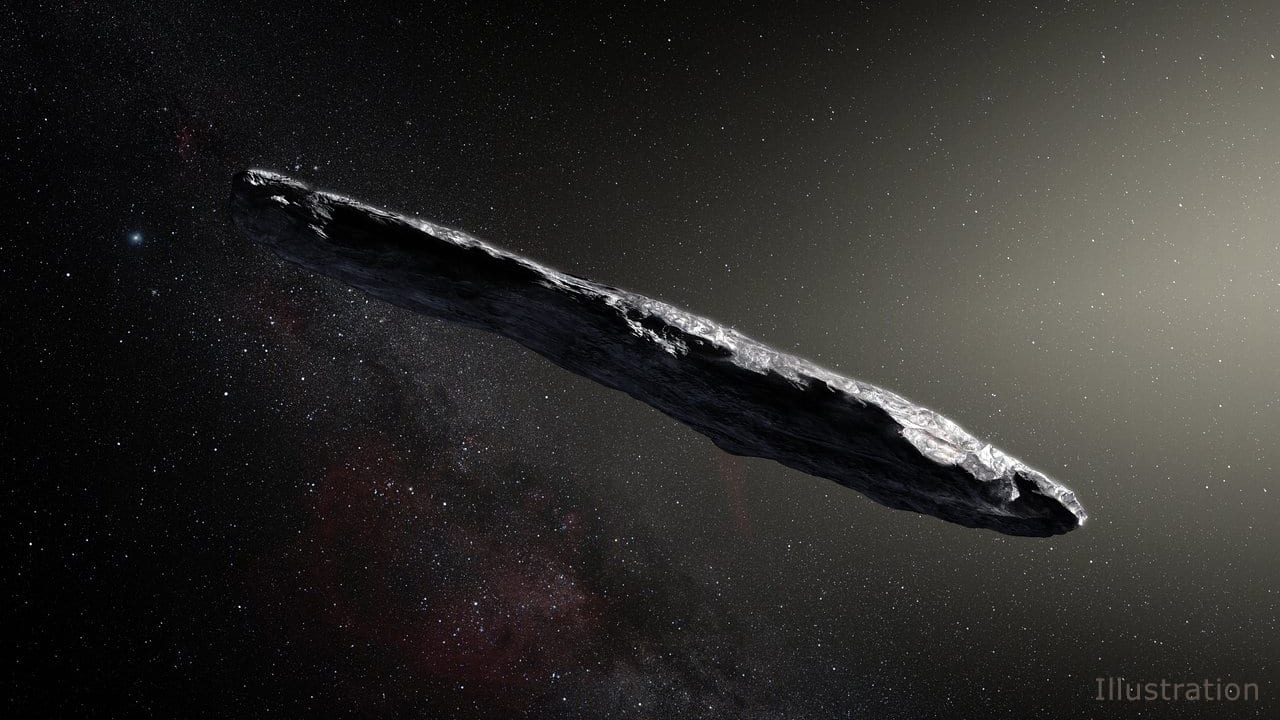
Sue the T Rex. Lucy the early human ancestor. These are scientific discoveries that are remembered and even loved. They have names and feel real despite being collections of bones. Even the buckyball evokes the idea of fun where other structures of molecules do not. Names are important.
Astronomy has been doing this for a long time. The Greeks looked up in the night sky and observed the planets ‘wandering’ unlike other stars. Then they named them after their gods. The red planet is named after the god of war, Aris, in Greek, and the planet with the fastest orbit, the one that seems to zip across the sky, is called Ermis, for the messenger god with wings on his shoes. The modern names of Mars and Mercury are only changed to use the Roman names rather than the Greek. These names give character to the planets and also honor early astronomers.
However, astronomy can often have a very Western-centric way of naming objects. For example, the constellations most people know are based on what the Greeks observed, yet the Greeks weren’t the only people who studied the motions of the heavens. As astronomy continues to be a global science, we are trying to reverse this trend. Astronomers are trying to be more cognizant when naming new discoveries. One place that is spearheading this effort is in Hawaii.

Mauna Kea is the best location on earth for a telescope — it’s above most of the clouds and there’s a steady, dry atmosphere with low light pollution — so it’s an important place for modern astronomers. It’s also a mountain sacred to native Hawaiians. Astronomical collaborations rent the land from the Hawaiian government. Although we haven’t always been good tenants, the scientific culture is changing into a more respectful one, with more collaboration with the Hawaiians. This is done not just in the administration, but in the combined public outreach efforts as well.
‘Imiloa is a science center on Hilo that aims to link “early Polynesian navigation history and knowledge of the night skies, and today’s renaissance of Hawaiian culture and wayfinding with parallel growth of astronomy and scientific developments on Hawai’i Island.” They have parallel exhibits that present recent advances in astronomy alongside ancient knowledge that is part of the native culture.
As part of this goal, they started the A Hua He Inoa program, where Hawaiian speaking students meet with Hawai’i-based astronomers and Hawaiian educators to name recent astronomical discoveries. This effort has already been in the news with ‘Oumuamua, the recent, mysterious visitor to our solar system. In the Hawaiian language, this means “a messenger from afar arriving first,” alluding to the distant origins of the object. And this is important. A name is more than just something to call the object, it gives insight and provides an identity.

Just like Sue the Dinosaur feels more real to Chicagoans than other bones in the Field Museum, ‘Oumuamua has caught the public’s imagination much more than the MPC designation of 1l/2017 U1 would have. A Hua He Inoa already has two more name proposals, and hope to be involved in many more as astronomers work to honor the culture of the Hawaiian islands.
Update: The first image of a black hole has also been given a Hawaiian name to honor the contributions by two Hawaiʻi based telescopes. It is called Pōwehi, meaning “the adorned fathomless dark creation” or “embellished dark source of unending creation.” You can read more about it here.
Edited by Katherine VanDenBurgh and Alexandra Moussa-Tooks

E kala mai, but to use the term “Hawaiian” is not a casual thing. “Hawaiian” refers to people and things which are endemic and native to our islands. Indigenous people to the Hawaiian islands are Hawaiian and nā mea Hawaiʻi (Hawaiian things) can be Hawaiian. But telescopes are not Hawaiian. We don’t even use the term “Hawaiian” to refer to people who are born and raised here with no ethnic Hawaiian ancestry! I would recommend exercising caution when employing the term “Hawaiian” to describe telescopes, something which decidedly not Hawaiian, even to Hawaiians. Better to call them “Hawaiʻi based telescopes” than to use a term that is politically loaded and intrinsic to an indigenous population’s cultural, ethnic, and genealogical identity. Mahalo.
Hi Christine – Thank you for taking the time to point this out and help me to be more precise in my language.